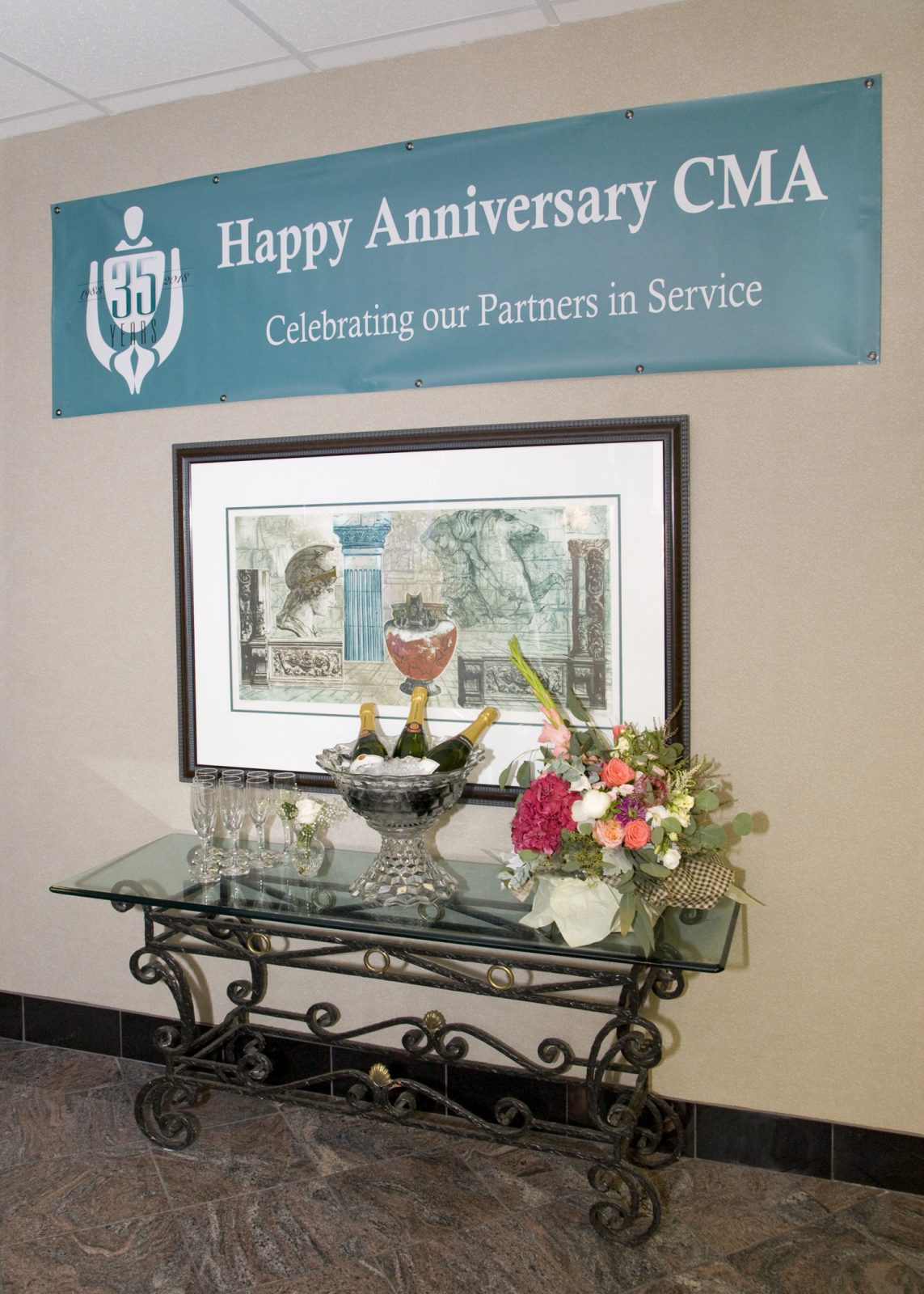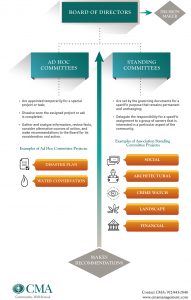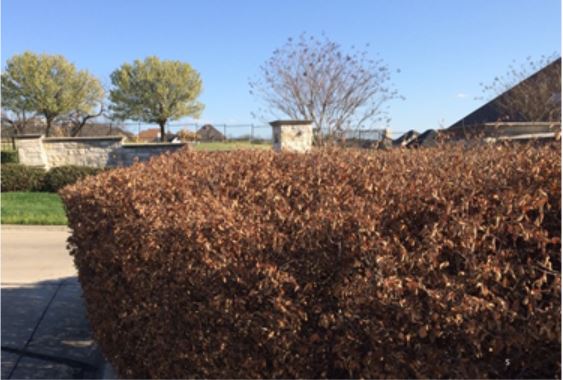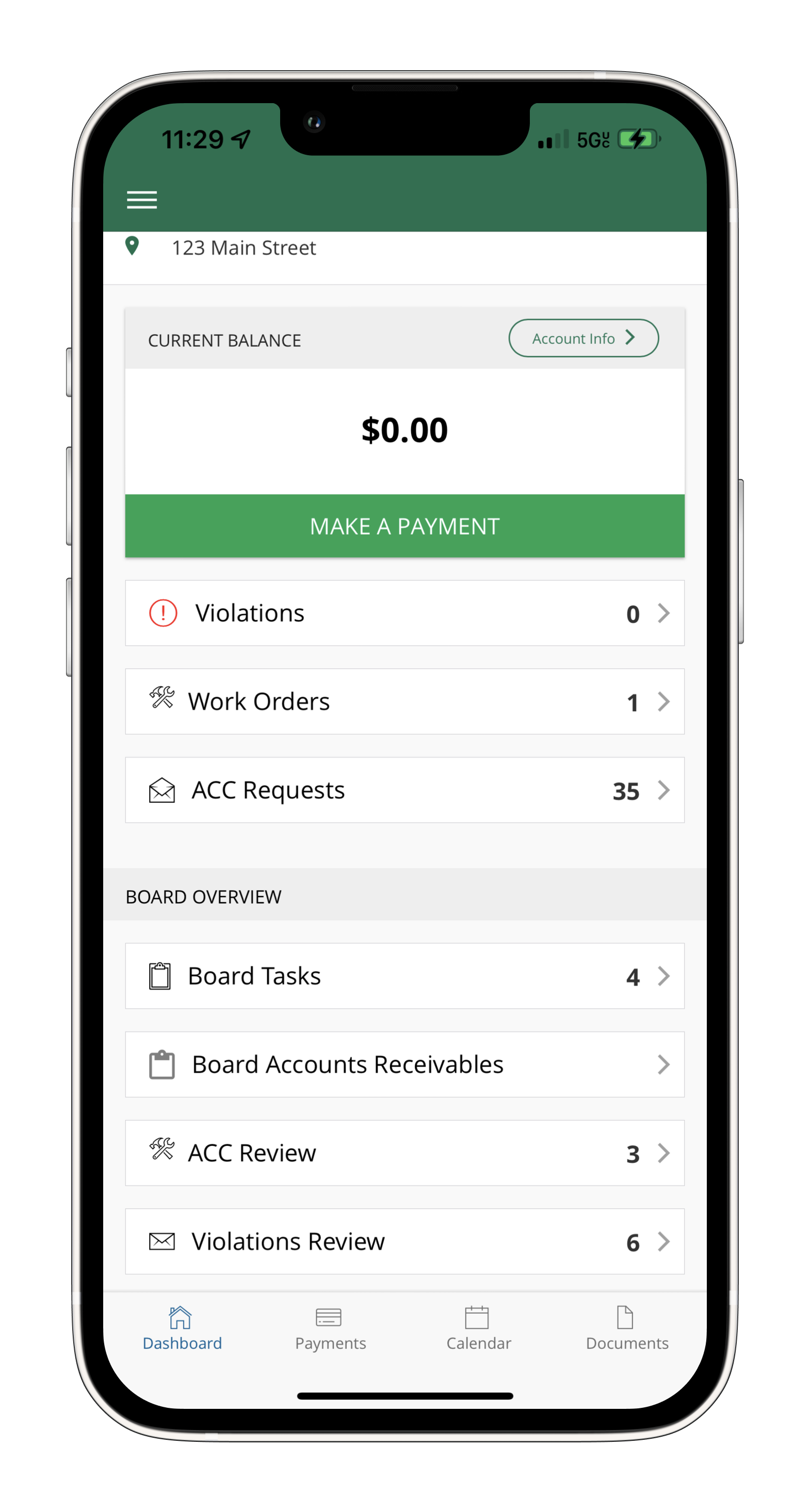
Anniversary Open House Honors Partners
July 24, 2018
How to Deal Responsibly and Safely with Wild Animals in Your Neighborhood
September 6, 2018
Communities with active committees tend to be vibrant places to live, and we often hear from homeowners who attest to this fact.
An HOA board member recently told us, “Our committees are the lifeblood of our HOA.” She couldn’t have expressed a more important observation more succinctly.
An HOA board needs the help of involved homeowners to be effective. Committees enable a board to collect vital information, offer new ideas, and provide a training ground for future board members. They also empower homeowners to take even more ownership in their neighborhoods, and to get involved. For these reasons, communities with active committees tend to be vibrant places to live, and we often hear from homeowners who attest to this fact.
In any association, there are typically three types of committees:
- Administrative Committees – Ongoing and permanent with defined authority. Example: A welcoming or social committee that publishes newsletters, puts together welcome baskets, and plans social functions.
- Standing Committees – Established by the board for a specific purpose. Example: A landscaping committee that helps selects vendors and oversees their work.
- Ad-hoc Committees – Established as needed for short durations, to complete a task. Example: A committee appointed to get new gym equipment added to the clubhouse.
 Common roles of committees include conducting HOA communications, ensuring resident safety, overseeing work on facilities, architectural control, finances, and community events.
Common roles of committees include conducting HOA communications, ensuring resident safety, overseeing work on facilities, architectural control, finances, and community events.
To start any of these three types of committees, the governing documents or the board authorize the formation of the group and provides the objective(s) and mission statement to ensure it succeeds as a community resource. The board also develops a scope of responsibility or “job description” outlining the expectations for what the group will accomplish.
Either during or following the development of the objectives, the board then finds volunteers to work on the committees. The qualities they generally look for include leadership, organization, and motivational skills. Finding the right volunteers usually involves a combination of the following approaches:
- Board members ask homeowners they know, who they believe would make valuable contributions to a committee to participate.
- Board members network through the people they know to find homeowners that would be willing and able to participate.
- Announcements at HOA meetings
- Emails to homeowners, or postings in e-newsletters
- Flyers posted in common areas, including clubhouses and pool facilities
Once a committee is formed, the board appoints a chair person as the leader, and the person who facilitates developing the organizational structure and committee priorities. The chair also delegates other responsibilities as necessary to the volunteers. Some may be responsible for establishing a meeting schedule, while others are charged with orchestrating the work of outside vendors. Volunteers often find the experience worthwhile in developing their professional skills, as well as their social networks within their communities.
The more homeowners take a vested interest in their communities and lifestyles, the more value is created for everyone in the neighborhood. If you would like to learn more about this topic, please see our white paper about How ToEffectively Work With Committees.
 Pam Grundy
Pam Grundy
Executive Vice President of Onsite Operations, AMS®, CMCA®







